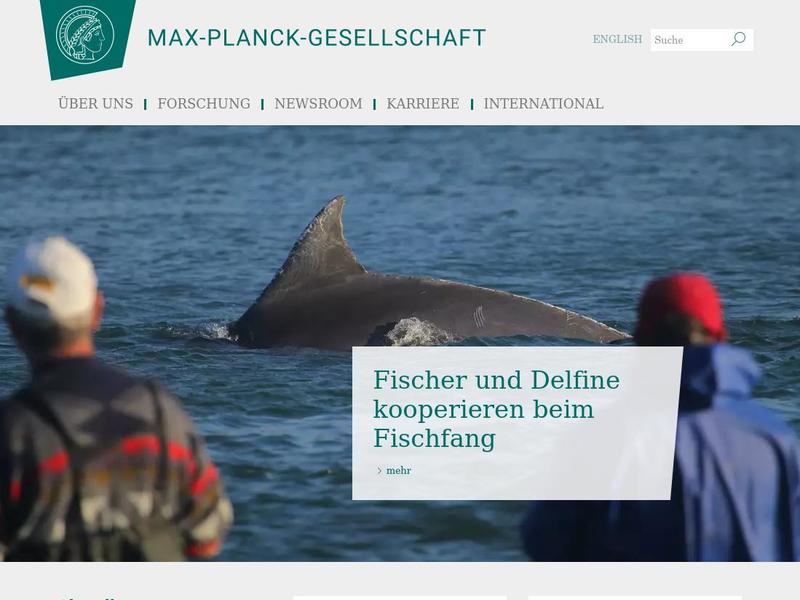IPCC report: ‚code red for humanity‘ https://www.mpg.de/17346195/climate-change-ipcc-sixth-assessment-report
The Intergovernmental Panel on Climate Change (IPCC) has published its contribution to the Sixth Assessment Report on the physical science of climate change: extreme events such as floods and droughts will increase. The UN secretary general said that the climate report, which makes for somber reading, is a ‘Code red’ for humanity. The 1.5 degree target can only be achieved if CO2 emissions are reduced quickly and strongly.
With an average warming of 1.5 degrees Celsius, they are likely to occur nearly nine

